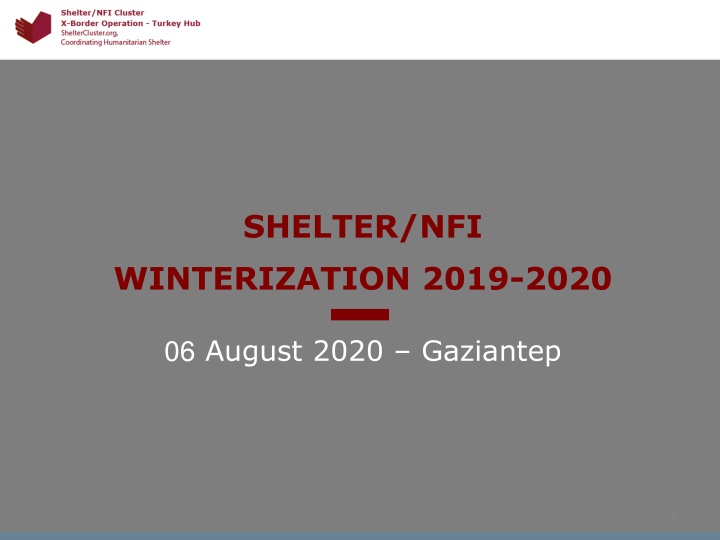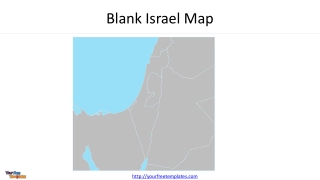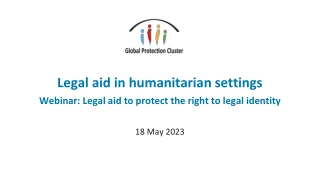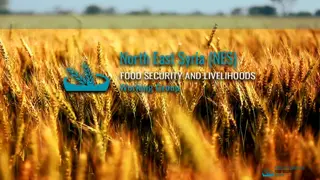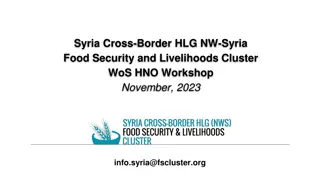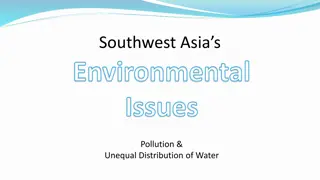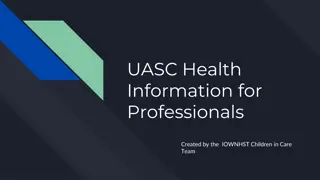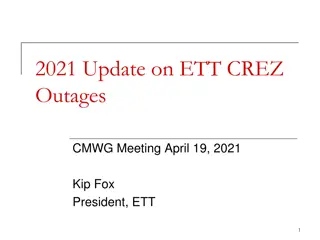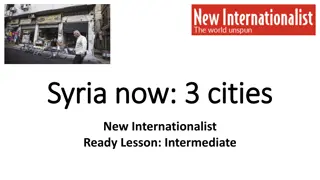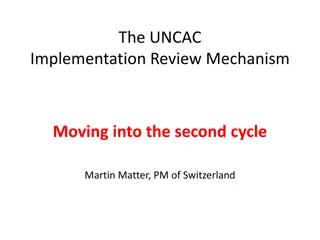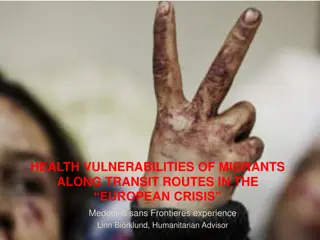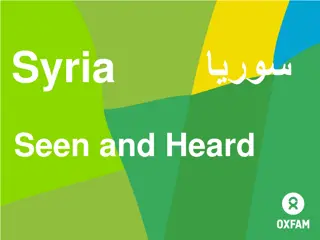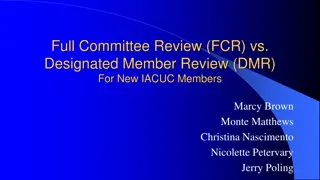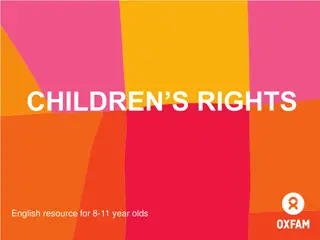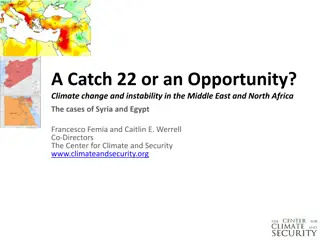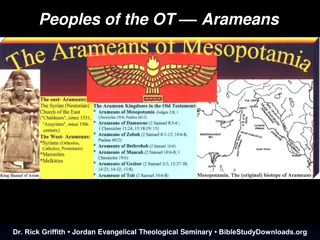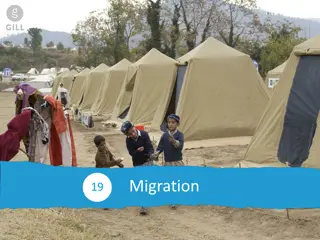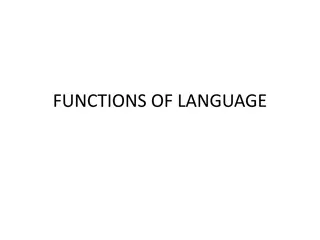Winterization Challenges and Best Practices in IDP Settlements
Responding to winterization needs in internally displaced persons (IDP) settlements poses challenges due to fuel access, fluctuating prices, and storage issues. Proper planning, fuel distribution strategies, and awareness campaigns are key practices to ensure timely aid delivery. While cash concerns and coping mechanisms among IDPs add complexity, implementing effective strategies remains crucial to address the needs of over 1.47 million IDPs living in 1,057 settlements.
Download Presentation

Please find below an Image/Link to download the presentation.
The content on the website is provided AS IS for your information and personal use only. It may not be sold, licensed, or shared on other websites without obtaining consent from the author.If you encounter any issues during the download, it is possible that the publisher has removed the file from their server.
You are allowed to download the files provided on this website for personal or commercial use, subject to the condition that they are used lawfully. All files are the property of their respective owners.
The content on the website is provided AS IS for your information and personal use only. It may not be sold, licensed, or shared on other websites without obtaining consent from the author.
E N D
Presentation Transcript
SHELTER/NFI WINTERIZATION 2019-2020 06 August 2020 Gaziantep 1
Overview Responding to NWS through borders requires remote coordination. Winterization in NWS in IDP settlements and communities. Gap is not completely covered due to large numbers of displaced people and deteriorated situation of the sites/ camps. There are more than 1.47M IDPs/ 280 families living in 1,057 sites/ camps. Many of these sites are flooded during winter and so IDPs sufferings are increased. According to SNFI cluster guidance fuel is still lifesaving activity, it is recommended to distribute 4 liters of heating fuel a day during December, January and February. But the intervention sometimes minimum cover 40 coldest days in NWS in order to target more people. In collaboration with the CWG $120 is the recommended cash and voucher amount for winter support. 3
Best Practices Early programming of Winterization enables timely aid delivery. Proper contingency planning (plan B) to adapt with the filed changes of borders and crossing points closure. Appropriate fuel type distribution that fits with the stove type. Delivering fuel on three patches to avoid storing in bad conditions or fire hazard risks. Raising awareness and delivering fire hazards brochures and the appropriate use of the heater and fuel. Different modalities were followed, voucher, cash and in kind. Beneficiaries reported that they aren t preferring alternate of cash as assistance. In some cases and through obtaining lower price, targeted could be exceeded, Door to door distribution could better support the targeted HHs. 4
Challenges Access to fuel, Fuel prices fluctuation and increase, Fuel storage and transportation, Fuel bad quality supplied as this is locally fined and produced, Delays in supplying resulted delayed service delivery, Bad coping mechanisms by the IDPs themselves, CASH concerns due to SP exchange rate volatility. In Voucher, more human resources are needed for the redemption monitoring and beneficiaries complaining about markets overcrowding. Some BNFs tried to sell the vouchers (120 USD) with a value of 100 USD to have cash. Distribute fuel in timely manner while delaying stoves delivery. Bad weather conditions affect/ delay delivering next batches of fuel. 6
